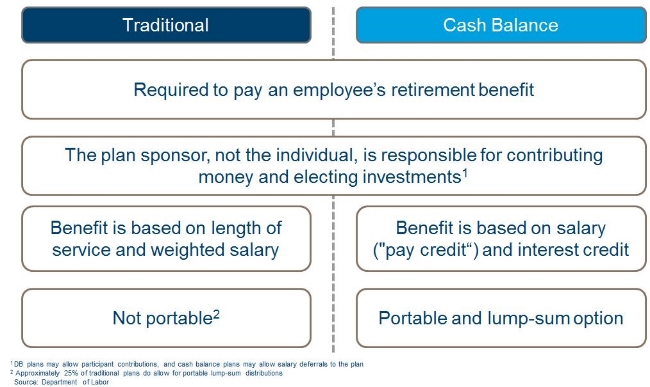Contributed by: Sandra Adams, CFP®
Last month, I wrote about how caring for aging parents can be a roadblock to planning for your retirement, particularly if you don’t have an aging plan in place for your parents. Well, let’s assume you successfully make your way to retirement. You’ve made it to the promised-land and are ready to do all of those things you’ve dreamed of doing for years…travel, spend more time with the kids and grandkids, and explore those hobbies you haven’t had time to enjoy.
And then…bam! Your parents are now older and in need of your assistance, just in time! On the one hand, it is perfect – you no longer have the stress of needing to balance work with the stress of caregiving, and you can give them your undivided time and attention. But on the other hand, this is now your time…the time you’ve waited years to enjoy…not to spend tied to someone else’s schedule and needs. For many retired couples, they are the primary caregivers for not one, but multiple sets of aging parents, which only adds to the stress (not to mention the marital tension!). Many are worried that their retirement will be spent caring for aging parents; or that by the time the caregiving is done, they will need a caregiver themselves!
So what can you do to ease the family stress and give your retirement a needed boost?
Make sure that you and your family have planning conversations about the care for your aging parent and that you have a Family Care Agreement in place outlining everyone’s roles and responsibilities.
Consider having professional resources that you can use, when and if needed, to give family members breaks (i.e. Home Care Agencies, Geriatric Care Managers and Professional Physicians that can serve as advocates in your absence, paid companions and drivers, etc.).
Look into Respite Care Centers where your aging parent can stay for a short period of time and be safe and well cared for while you are away (if they are unable to stay alone).
Again, if possible, planning ahead is always critical. Knowing the available resources (and then actually using them) is an important part of the process. Caring for your loved ones yourself and being their personal advocate is something people take very seriously. But taking care of you, including taking some time off and tending to other personal relationships, is the key to a happy and healthy life. So, I strongly advocate for families sharing responsibilities and/or taking advantage of professional advocates like Geriatric Care Managers or Professional Physicians that serve as advocates so that they can take time off from full time caregiving. Taking advantage of such resources can allow for better quality personal lives and better quality time and caregiving with your aging parent in the long run.
If you have questions or wish to discuss this type of planning in greater detail, do not hesitate to contact me.
Sandra Adams, CFP® is a Partner and Financial Planner at Center for Financial Planning, Inc. Sandy specializes in Elder Care Financial Planning and is a frequent speaker on related topics. In addition to her frequent contributions to Money Centered, she is regularly quoted in national media publications such as The Wall Street Journal, Research Magazine and Journal of Financial Planning.
Any opinions are those of Sandra Adams and not necessarily those of Raymond James. Prior to making an investment decision, please consult with your financial advisor about your individual situation.






















